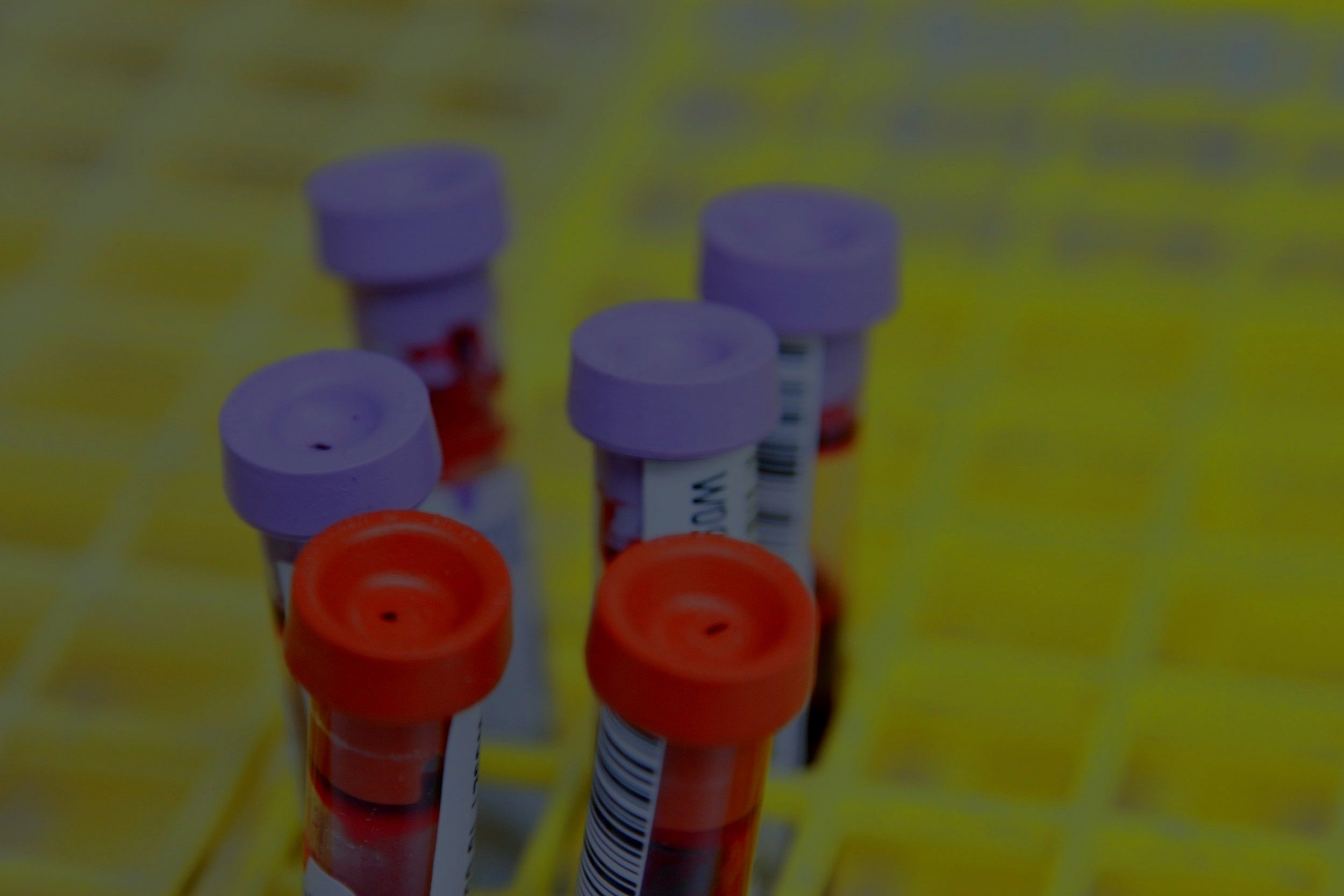
HIV Screening
Human Immunodeficiency Virus (HIV) is a virus that weakens the body’s immune system by destroying its white blood cells. Over time, untreated HIV can lead to Acquired Immunodeficiency Syndrome (AIDS). This refers to a group of opportunistic infections or cancers which normally would not occur in a person with a healthy immune system.
Once HIV infection has taken place, the virus cannot be eliminated from the body and there is no cure. Moreover, an individual infected with HIV does not always present with symptoms, and may remain asymptomatic for many years. The only way to find out if you have been infected is to undergo HIV screening.
At RMDY Clinic, we greatly value and respect the privacy of our patients. All STI/HIV tests are conducted with utmost confidentiality. We always aim to provide a safe, comfortable and non-judgemental environment for your visit. Our prices are transparent and affordable, and all tests are performed in strict accordance with the Health Sciences Authority (HSA) guidelines.
What types of HIV screening tests are available?
RMDY clinic offers various testing options for HIV screening, catering for different patient requirements. Through the process of a detailed consultation, we can recommend the test that is most suitable for you.
The type of HIV test required depends on the time which a person could have been infected with HIV. If the potential exposure occurred:
<72 hours: testing is not advisable as there is no reliable test at this stage. Instead, it is recommended to begin Post Exposure Prophylaxis (PEP) as this can significantly reduce the probability of HIV infection.
Between 10-28 days: the HIV RNA Polymerase Chain Reaction (PCR) test is recommended. Blood is drawn from a vein and the sample is sent for lab testing, with results available within a few days. This test is also routinely performed for HIV patients to monitor their viral load.
10 days: the HIV Pro-Viral DNA test may be considered in specific situations where getting an accurate HIV diagnosis may be challenging. It has a lower false positive rate compared to the HIV RNA PCR test, and is conclusive from 10 days exposure onwards.
28 days to 90 days: the p24 Antigen/Antibody combo test (also known as 4th generation test) is recommended. The HIV p24 Antigen can be detected in the blood from 14 to 20 days post exposure, and is reliable and conclusive from 28 days onwards. This is a rapid fingerprick test, with results available within 20 minutes.
>90 days: the HIV-1/2 Antibody test (also known as 3rd generation test) is recommended. This is also a rapid fingerprick test, with results available within 20 minutes.
How is HIV transmitted?
HIV is most commonly transmitted via unprotected sexual intercourse with an HIV-infected partner. Other methods of transmission include:
Significant exposure to certain bodily fluids such as semen, vaginal secretions, rectal fluids or breast milk
Direct contact with open sores of an infected person
Sharing of injection needles among drug abusers
Exposure to sharp instruments or needles contaminated with a HIV-infected person’s blood, eg. acupuncture, body/ear piercing, tattooing, nail clippers or shaving blades
From an infected mother to her newborn child during childbirth
Transfusion of unscreened blood and blood products
What is considered as high risk sexual behaviour?
Unprotected oral, anal or vaginal sex
Early sexual activity, especially before age 18
Having multiple sex partners
Having a high-risk partner (one who has multiple sex partners or other risk factors)
Having sex with a partner who injects or has ever injected drugs
Sex trade work or having sex with a person involved in sex trade work
HIV transmission risk
The risk of getting HIV varies widely depending on the type of exposure or behaviour. Some exposures carry a much higher risk of transmission than other exposures. For some exposures, while transmission is biologically possible, the risk is so low that it is not possible to put a precise number on it. However, risks do add up over time. Even relatively small risks can add up over time and lead to a high lifetime risk of getting HIV. In other words, there may be a relatively small chance of acquiring HIV when engaging in high risk behaviour with an infected partner only once, but if repeated many times, the overall likelihood of becoming infected after repeated exposures is actually much higher.
This table below lists the risk of transmission per 10,000 exposures for various types of exposures:
Factors that may increase the risk of HIV transmission include other STIs, acute or late-stage HIV infection and high viral load. Factors that may decrease the risk include condom use, male Circumcision, anti-retroviral treatment, and Pre-Exposure Prophylaxis. None of these factors are accounted for in the estimates presented in the table.
Get your screening done today.
If you think you may have put yourself at risk of HIV infection, or would just like to undergo a routine test for peace of mind, please book an appointment to speak to our doctor and discuss your options. We are here to help.


